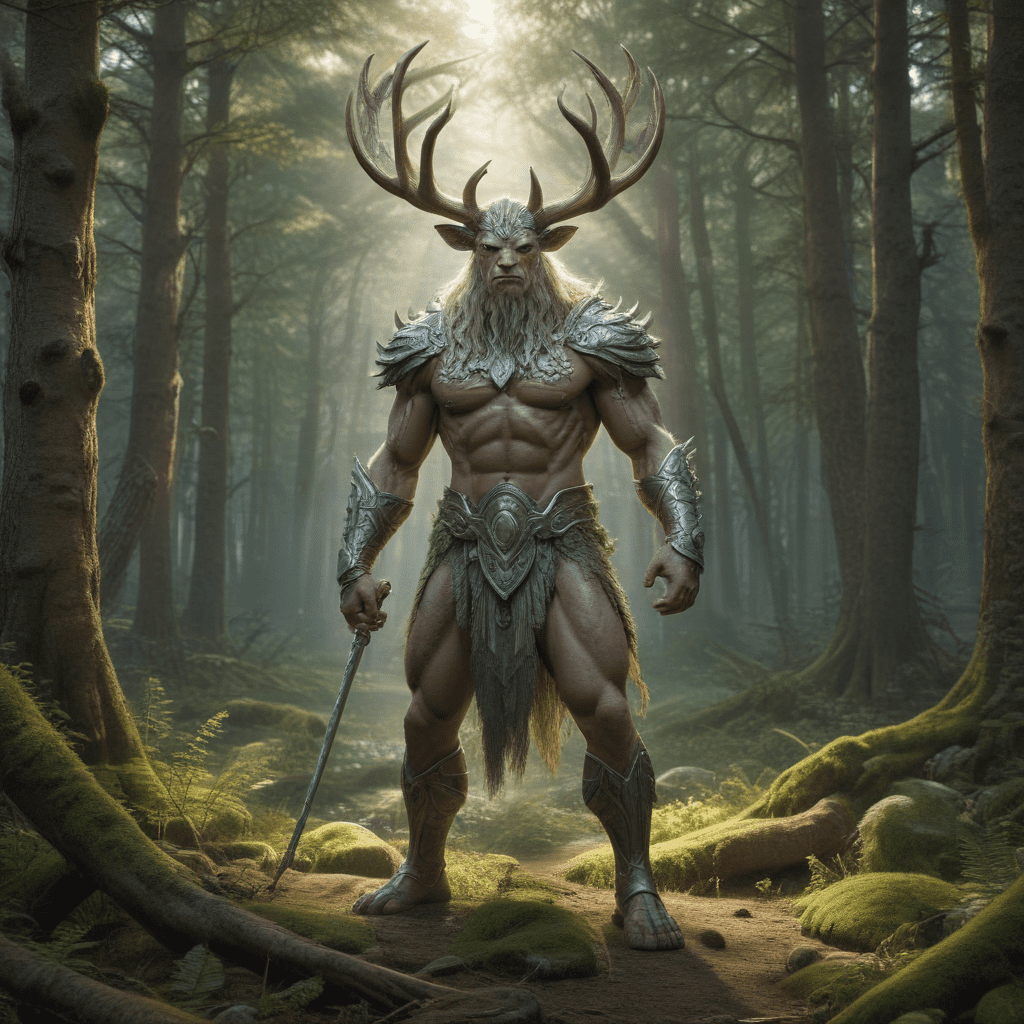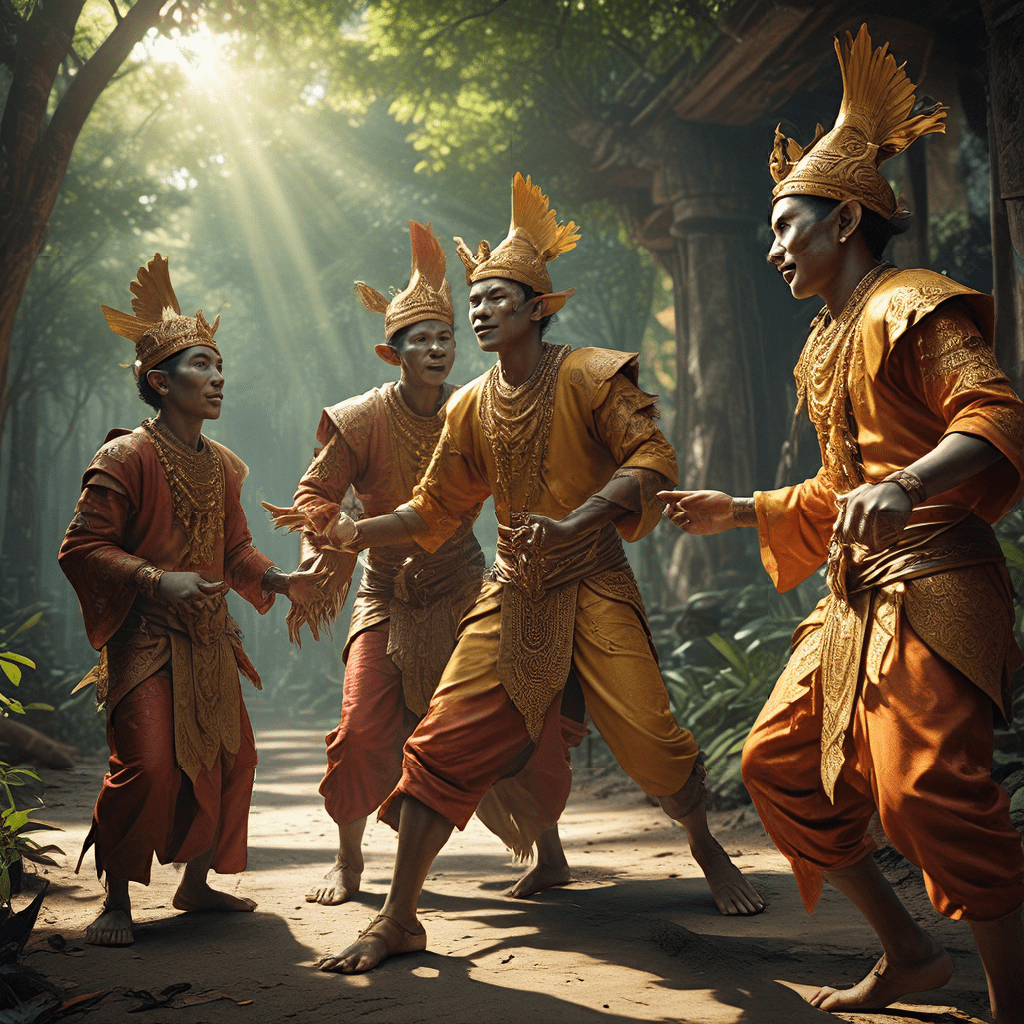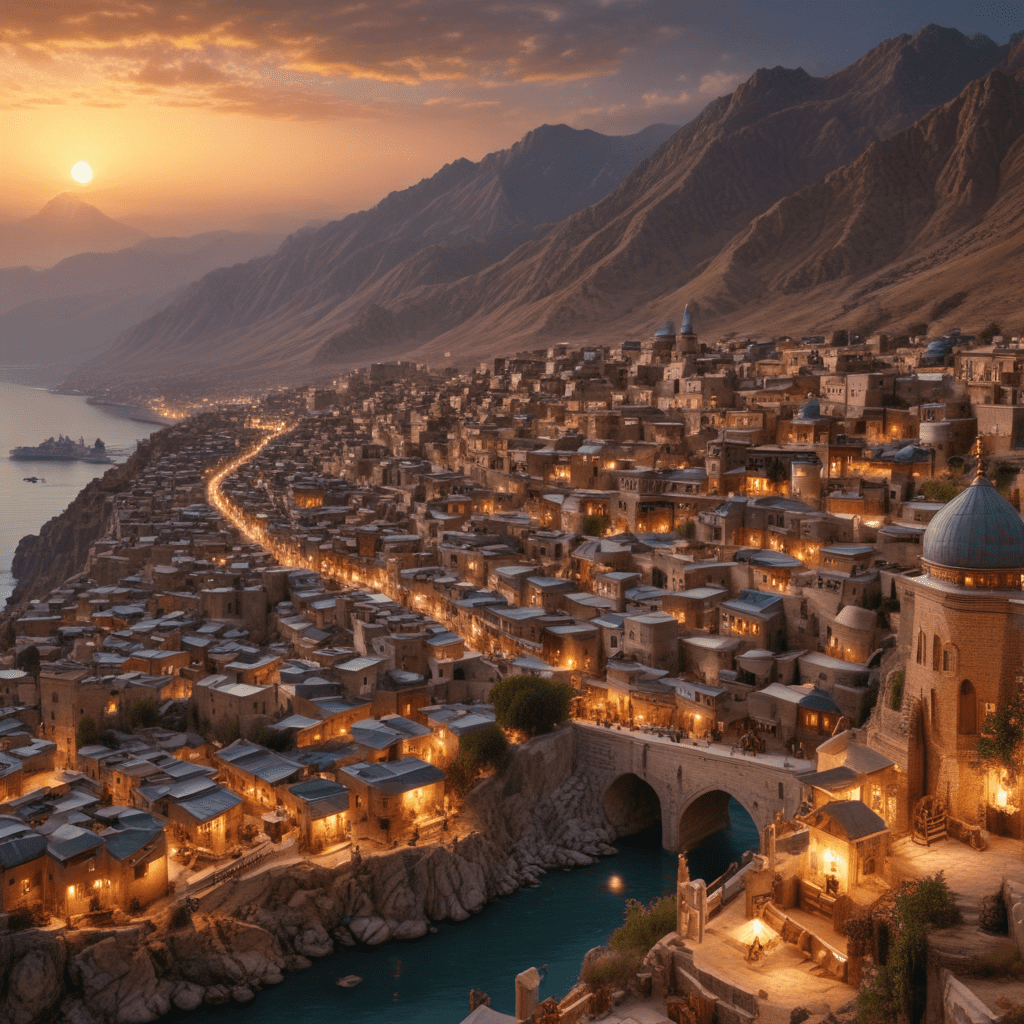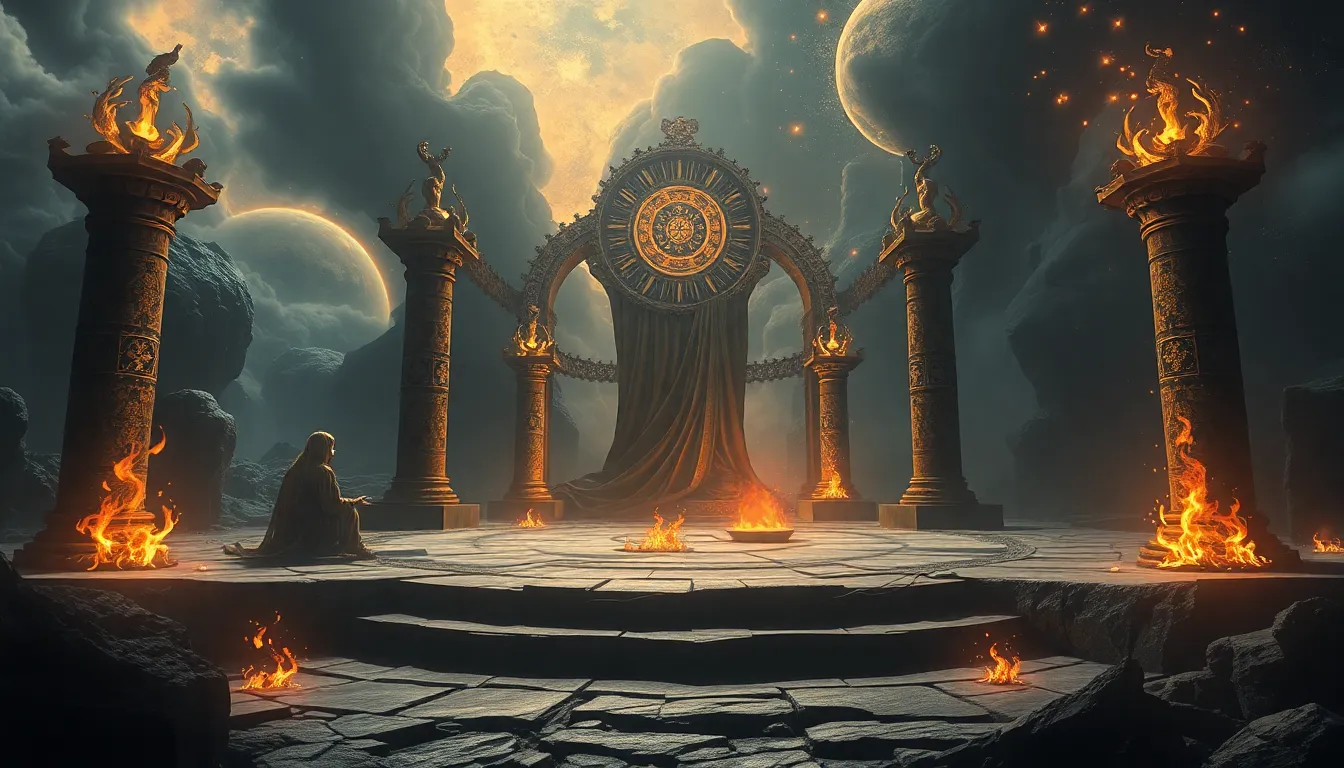1. Introduction to Finnish Mythology: Unveiling a Tapestry of Legends and Transformations
Nestled amidst the tranquil landscapes of Northern Europe, Finnish mythology captivates with its rich tapestry of tales steeped in transformation and growth. The ancient Finns, steeped in a profound connection to nature, wove stories that reflected their beliefs, values, and aspirations. These captivating narratives transcend mere entertainment; they serve as a profound exploration of the human psyche, charting the transformative journeys we all embark on throughout our lives.
2. The Väinämöinen Cycle: Birth and Transformation of the Universe
The Väinämöinen Cycle stands as a cornerstone of Finnish mythology, narrating the epic saga of the primordial hero Väinämöinen. As the central figure, Väinämöinen embodies wisdom, magic, and the creative force that birthed the universe. Through his mystical incantations, he shapes the heavens, earth, and seas, breathing life into the world as we know it. Väinämöinen's journey is a testament to the transformative power of creation, reminding us of our intrinsic connection to the fabric of existence.
3. The Joukahainen Cycle: Transformation through Trickery and Deception
In contrast to the grandeur of the Väinämöinen Cycle, the Joukahainen Cycle takes a more nuanced approach to transformation. Joukahainen, a cunning trickster, employs deception and wit to navigate his way through life's challenges. Through his cunning schemes and clever stratagems, Joukahainen becomes a symbol of the transformative power of intelligence and adaptability. His tales highlight the importance of quick thinking and resourcefulness in overcoming obstacles and achieving personal growth.
4. The Lemminkäinen Cycle: Growth through Adventures and Ordeals
Lemminkäinen, a charismatic hero renowned for his bravery and audacity, embarks on a series of thrilling adventures that test his limits. Through battles, romances, and encounters with supernatural beings, Lemminkäinen's journey epitomizes the transformative nature of growth. Each adventure brings him wisdom, resilience, and a deeper understanding of his own capabilities. Lemminkäinen's exploits serve as a reminder that growth often comes through embracing challenges and stepping outside our comfort zones.
5. The Kullervo Cycle: Revenge and Redemption as Transformative Forces
The Kullervo Cycle delves into the darker aspects of human nature, exploring the transformative power of revenge and redemption. Kullervo, an orphan consumed by a burning desire for vengeance, unleashes a trail of destruction upon his enemies. However, as the cycle unfolds, Kullervo's path takes an unexpected turn, leading him toward a profound act of redemption. This poignant narrative sheds light on the transformative potential of forgiveness and the possibility of growth even amidst the darkest of circumstances.
6. The Louhi Cycle: Evil and Transformation
In the Louhi Cycle, evil forces take center stage. Louhi, the mistress of Pohjola, represents the darkness and chaos that threaten the world. Her attempts to disrupt Väinämöinen's plans drive the narrative, setting the stage for epic battles and struggles between good and evil. Through these conflicts, the cycle explores the transformative power of resilience, perseverance, and the triumph of light over darkness.
7. The Väinämöinen and Joukahainen Duel: Transformation through Competition
The Väinämöinen and Joukahainen Duel stands as a pivotal moment in Finnish mythology. When Joukahainen, driven by his arrogance, challenges Väinämöinen to a duel, a fierce battle ensues. Joukahainen, armed with cunning and magic, attempts to outwit Väinämöinen. However, Väinämöinen's wisdom and mastery of incantations prove too formidable, leading to Joukahainen's defeat. This duel serves as a testament to the transformative power of competition, highlighting the growth and understanding that can arise from facing challenges and testing one's limits.
8. The Väinämöinen and Joukahainen Song Contest: Transformation through Art
In a contrasting tale of transformation, the Väinämöinen and Joukahainen Song Contest showcases the transformative power of art. Joukahainen, seeking revenge for his defeat, challenges Väinämöinen to a song contest. Through their enchanting melodies and captivating lyrics, both heroes weave magical tales, captivating the audience. Väinämöinen's superior mastery of poetry and music ultimately wins the day, demonstrating the transformative power of art to move hearts, inspire minds, and bridge divides.
9. The Theft of the Sampo: Transformation through Magic and Myth
The Theft of the Sampo is a pivotal event in Finnish mythology, involving a magical artifact of immense power. The Sampo, a mill that can produce anything its owner desires, becomes the object of a daring heist. Väinämöinen, along with his companions, embark on a perilous journey to retrieve the Sampo from the clutches of Louhi. Their quest is fraught with obstacles, battles, and supernatural interventions, showcasing the transformative power of magic and myth to shape the destiny of individuals and nations.
10. Conclusion: The Enduring Legacy of Finnish Mythology
Finnish mythology, with its rich tapestry of tales of transformation and growth, continues to captivate and inspire generations. These timeless narratives, deeply rooted in the Finnish psyche, offer profound insights into the human experience. Through the journeys of Väinämöinen, Joukahainen, Lemminkäinen, and countless other characters, Finnish mythology encourages us to embrace challenges, cultivate wisdom, and strive for personal growth. Its enduring legacy serves as a testament to the transformative power of stories to shape our understanding of ourselves, our world, and our place within it.
FAQs
1. What is the significance of transformation in Finnish mythology?
Transformation is central to Finnish mythology, reflecting the belief in the fluidity and adaptability of life and the universe. Through stories of birth, growth, deception, revenge, and redemption, Finnish mythology explores the transformative journeys that shape individuals, societies, and the cosmos itself.
2. Who are some of the key heroes and figures in Finnish mythology?
Väinämöinen, Joukahainen, Lemminkäinen, and Kullervo are among the most prominent heroes in Finnish mythology. Each represents different aspects of human nature and embodies themes of wisdom, cunning, courage, and the transformative power of both positive and negative experiences.
3. What role does magic play in Finnish mythology?
Magic is an integral part of Finnish mythology, shaping the destinies of heroes, influencing events, and providing insights into the interconnectedness of the natural and supernatural worlds. The Sampo, a magical artifact capable of producing abundance, serves as a potent symbol of the transformative power of magic in Finnish mythology.
4. How has Finnish mythology influenced modern culture?
Finnish mythology has left a lasting impact on Finnish art, literature, music, and folklore. The characters, themes, and motifs of Finnish mythology continue to inspire contemporary artists, writers, and musicians, shaping the cultural identity of Finland and contributing to the global tapestry of storytelling.



